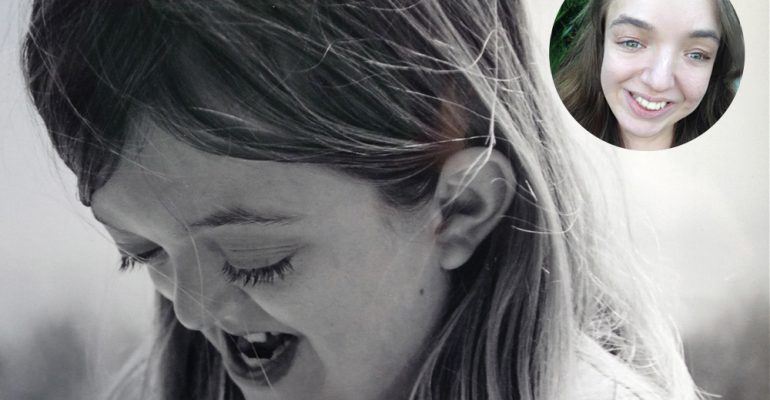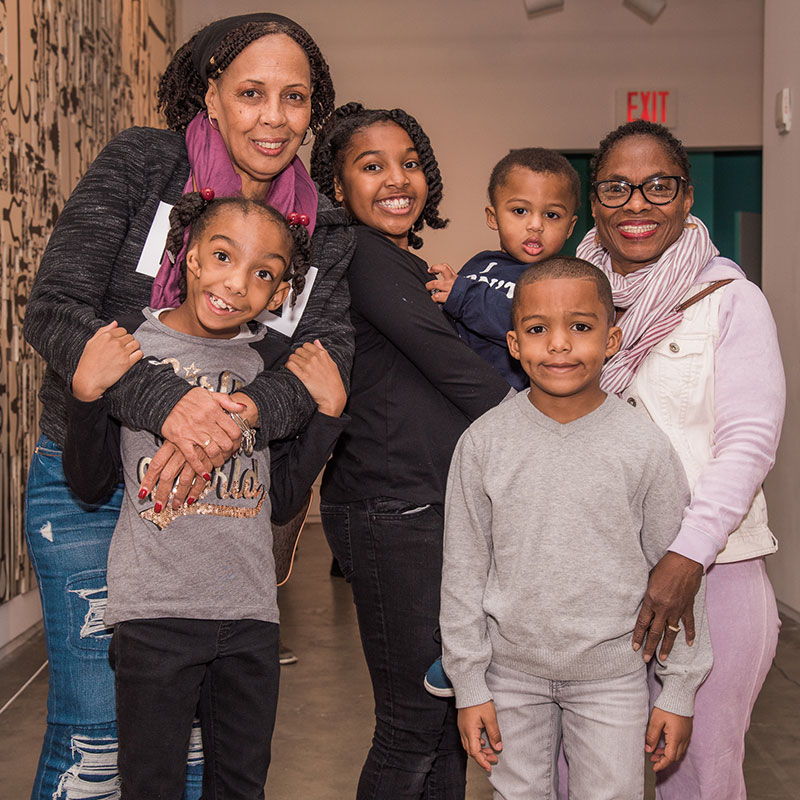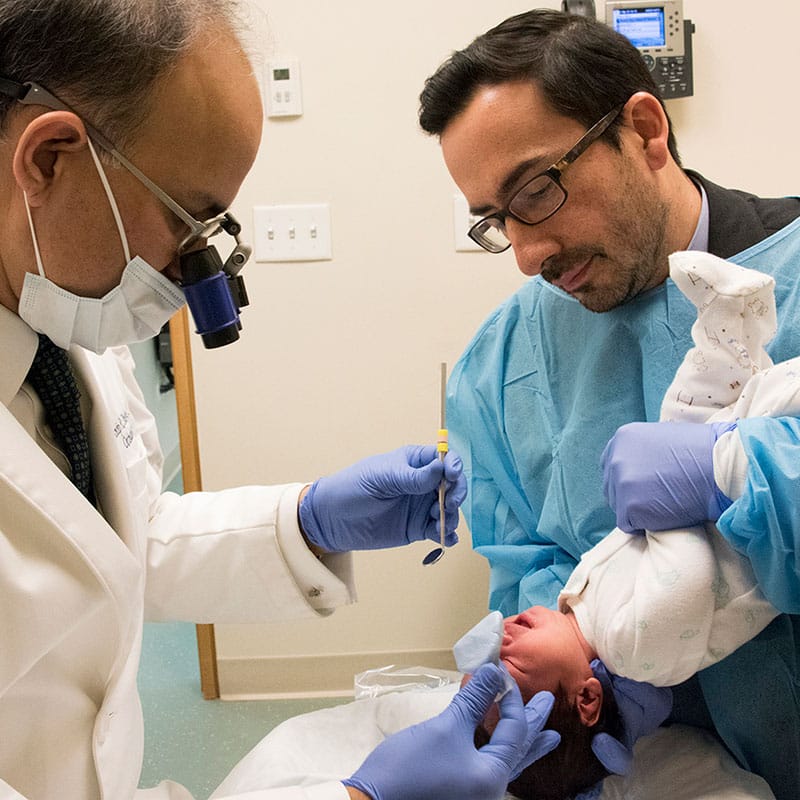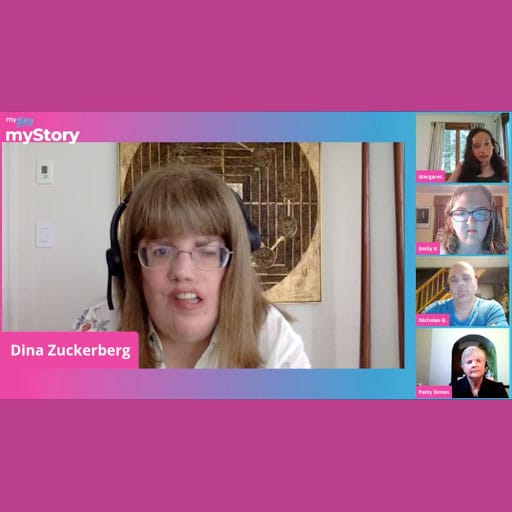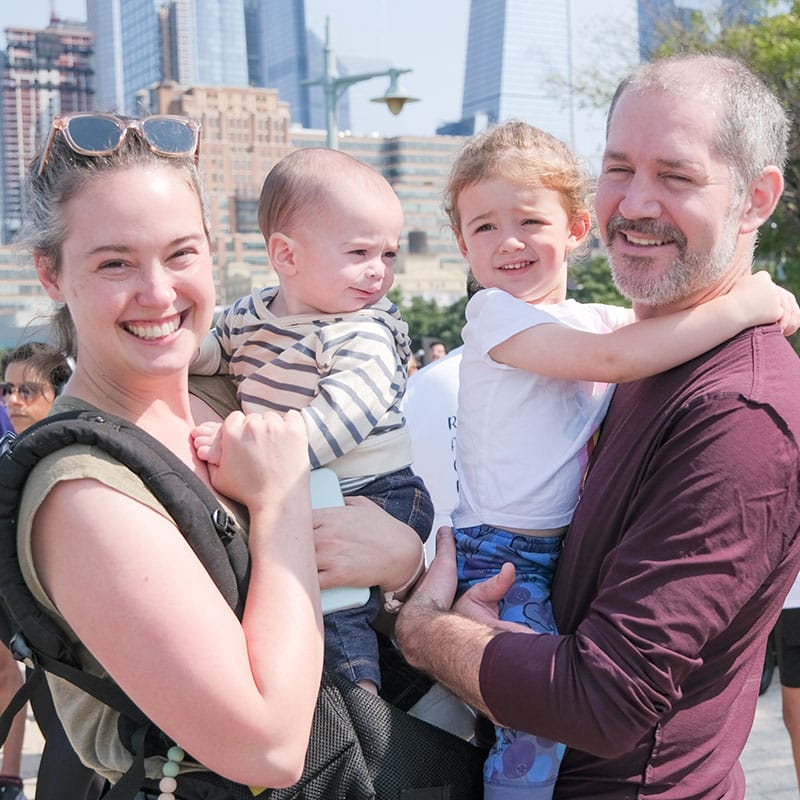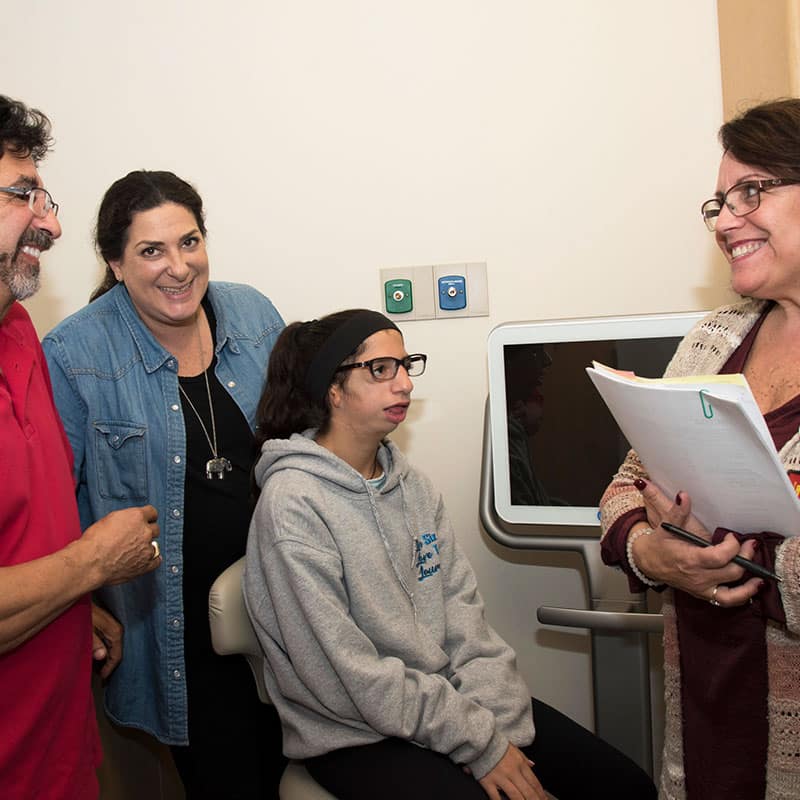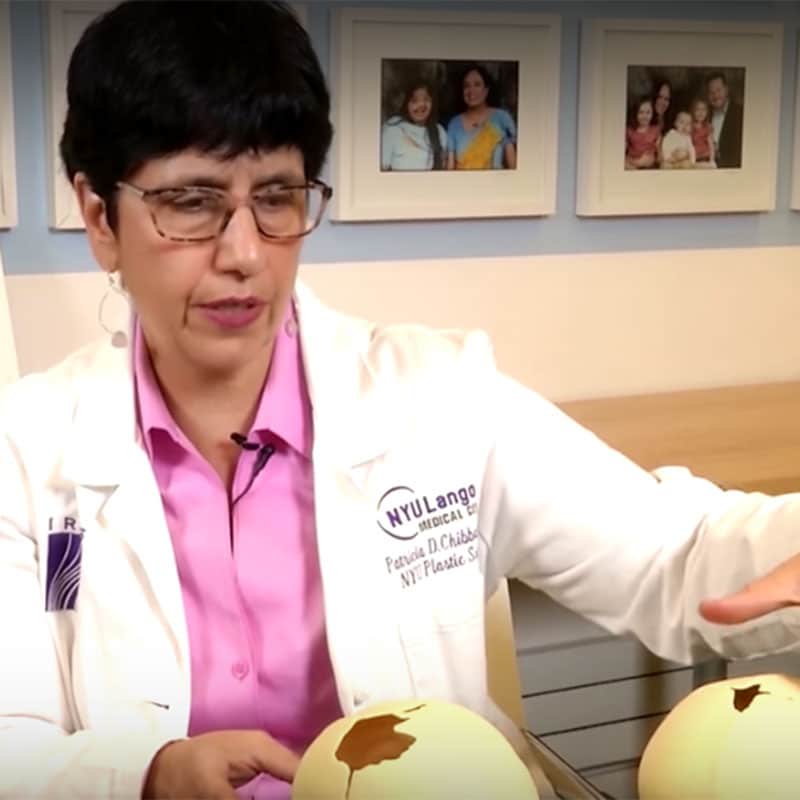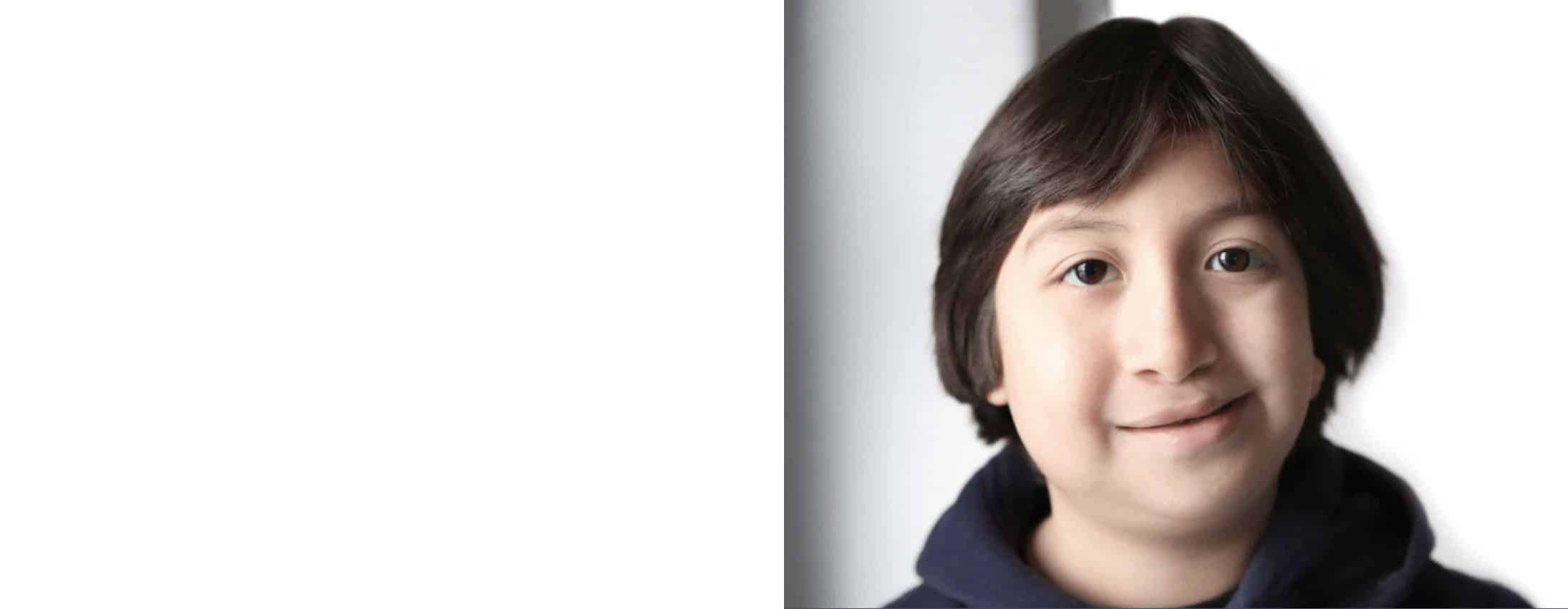My name is Pia and I was born in Cape Town, South Africa on October 23, 1992. I was born to an English mother and a South African father who are nearly 34 years apart. I have an older brother, who was almost 2 at the time.
Back then, it was not common practice to test pregnant women for certain birth defects. My mom was young and healthy, and with no family history of birth defects, it was unnecessary for her to undergo any kind of invasive testing or higher resolution ultrasound. This meant that when I was born, during a straightforward water birth at our home, the journey ahead of us came as a complete surprise.
As soon as I emerged from the water, it was immediately apparent that something was wrong. As adorable as I obviously was, my face did not look quite right and my cry sounded strained and weak. My mom later described it as a cat-like yawl, which gives me an idea of how scary it must have been for her. The sound indicated that I was having trouble breathing. The midwife immediately put me on oxygen and though there was no real danger, it was decided that we should all get to the hospital as soon as possible. My dad drove my mom, our midwife and me to the hospital, where my condition was assessed and stabilized.
The day after I was born, a geneticist was able to inform my parents that I had a rare congenital birth defect, though they were unsure how to proceed. The condition caused the bones of my skull, mid-face and spinal column to be malformed, causing a multitude of other medical problems. One of the more serious problems was a condition known as hydrocephalus, where cerebral spinal fluid builds up around the structures of the skull and brain. The problem was fixed by a shunt that was surgically implanted between my brain and abdominal cavity during infancy. The condition also caused my airways to be abnormally formed, hence the breathing problems I had at birth. For the most part, this was fixed during my first surgery when I was 3 days old, though we would later discover that my breathing problems were more extensive and caused ongoing sleep apnoea.
The next few years passed relatively normally, if you don’t count numerous surgeries and near-death experiences. My somewhat unusual appearance caused a lot of problems for me, particularly as a younger child. I was ridiculed almost daily and wherever I went someone would inevitably stop and stare. Children would point and laugh openly at me; some were even compelled to come up to me and tell me what they thought directly to my face. I heard all sorts: ugly, freak, fat face, fat eyes, big eyes, golfball eyes, basketball eyes.
Admittedly not everyone put much thought or creativity into their insults but even so, it was gutting to hear these things. I became incredibly angry and depressed, and would regularly act out against those closest to me.
When I was about 5, I started getting intense headaches. By the time that we realized that my shunt had become blocked and the hydrocephalus had returned, the build up of cerebral spinal fluid had already wreaked havoc. The pressure had caused my optic nerves to atrophy and I lost around 85% of my sight. I cannot remember this being a large adjustment for me and if anything, I’m happy this happened while I was still so young. This means I was able to adapt pretty seamlessly to my new normal, though the magnitude of what I have lost has become more evident since I have gotten older. Going through mainstream school and socializing and then starting to date with such a severe visual impairment was incredibly difficult. I never learned how to drive, was lousy at sports and have had to forgo a lot of things in life that I would like to do.
When I was about 12, my mom heard about an amazing team of craniofacial surgeons at NYU Langone Medical Center in Manhattan. Not only could I have my face restored to the way it should have always been, but an incredible charity, myFace (formerly The National Foundation for Facial Reconstruction), would help us with the costs of this huge endeavour. In South Africa, nothing even close to this surgery or this charity existed. Without myFace covering surgical costs, there is no way I would have had this opportunity to have my life changed in such an unbelievable way.
I had the mid-face advancement surgery 2 days after I turned 13. The bones of my mid-face were broken and reset in the proper configuration. A metal frame called the RED device was then connected and screwed into my head to allow for the bones to knit together properly. 3 months later, I returned to New York to have the frame removed. It genuinely felt like I was having a wish granted. Admittedly a very painful wish and a humbling experience, but one that I am beyond happy I decided to make. It is hard to fully convey just how much my life was made better by having this surgery.
I do not think that I ever looked strange or ugly or scary; in fact, I think I was rather cute. Unfortunately people seem to have this need to point out and torment any difference they see in those around them. It becomes impossible to keep telling yourself good things when it seems the rest of the world is in disagreement with you. You become conditioned to think that you are the wrong one and the horrible things others say about you is the truth.
My life before surgery feels like a different life altogether. Before my surgery, I would imagine what my life might become one day, but the pictures were always uncertain and depressing. I would wonder if there would ever be a time when I would just have normal problems like everyone else. Would I date? Would I experience love? Could I work and socialize and live like an independent adult? Since my surgery, I graduated from high school. I have not only moved out of my childhood home, but relocated to a country 6,000 miles away. I have lived with roommates, experienced nightlife and started dating. I have fallen in love, travelled overseas on and put myself out there to establish new friends and seek out new experiences. I have even started shooting competitively with other blind and partially sighted individuals.
One piece of advice I have is to be careful what you wish for because I now have a lot of very normal problems. This surgery, along with the support from my friends and family, gave me the confidence to achieve all of this. I’m 23 and like many young people, I don’t have life completely figured out yet. However, I no longer look into the future with trepidation. Of course the picture is still uncertain, but no more so than anyone else’s. My transformation started 10 years ago, with a scalpel and a surgeon in New York and it continues to this day. It is difficult to separate the physical change from the psychological and the emotional because they are so intertwined. I still think that some of my problems are bigger than those of “normal” people, but this might just be the typical, immature 23-year-old way to feel.
To anyone who is contemplating a major craniofacial surgery, all I can say is good luck to you. It is such a difficult and deeply personal decision, especially if you’re a parent making this choice for your child. There is no right answer. There’s only the right answer for you and your family. I hope that sharing my experiences with you will have done something positive, whether that be in making an important decision about surgical options or just showing you that you are not alone. It is so easy for those of us who are born different to feel like we are the only ones with these problems. We are not. I think this is just the normal, human way of thinking.
I will be forever grateful for the surgical team who changed my life and for everyone at myFace who made my surgery possible – and to the donors who, without a doubt, were the difference that enabled me to have surgery. The way myFace transforms the lives of families is simply incredible – how I look today, who I am today, is testimony to that fact.

